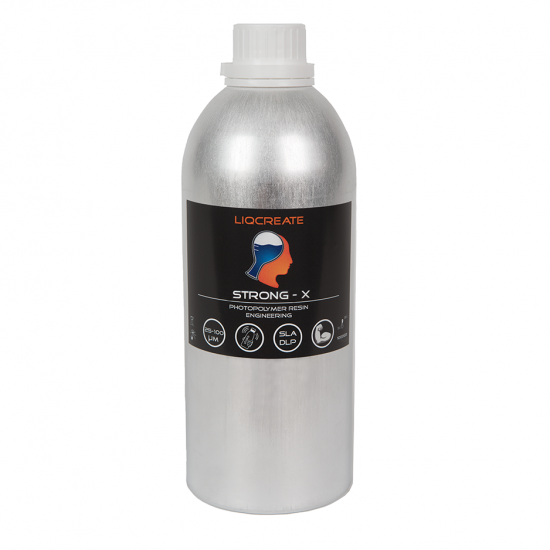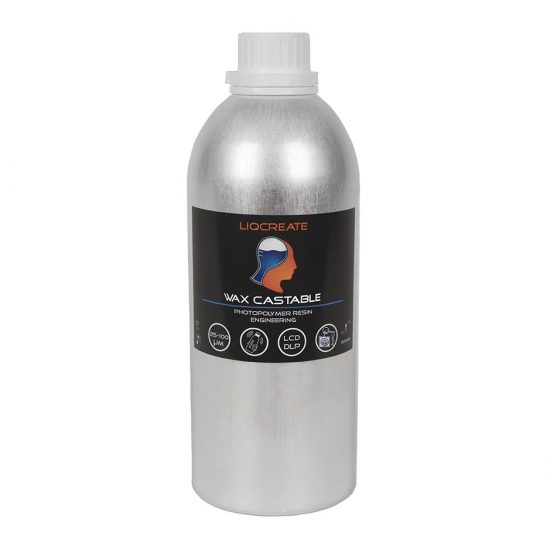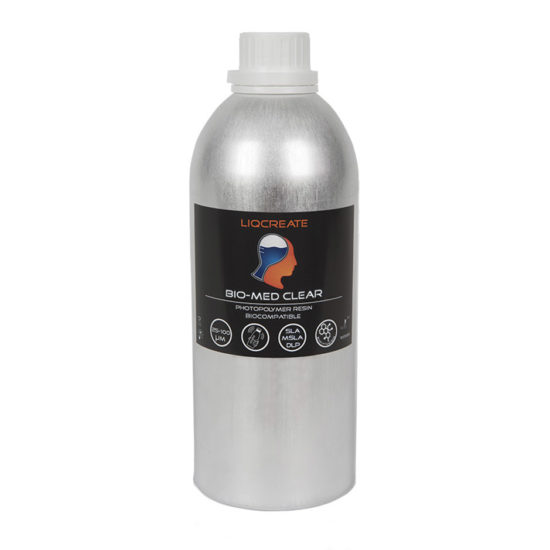There are several 3D-printing techniques that are suitable for mass manufacturing. One of these techniques is continues resin 3D-printing, covered here. Another method, which is quite new is volumetric 3D-printing. In this article we focus on the technology behind volumetric resin 3D-printing, its advantages and disadvantages, compatible reisns and companies active in this field.
What is volumetric resin 3D-printing?
3DAdept published an interesting article and explained it as followed: “Volumetric 3D-Printing is quite complex to define. In this process, a pattern is projected into a vat of transparent photopolymer liquid repeatedly from all angles. This resin-based technology is often compared to SLA printing. However, what makes it outstanding is the fact that rather than curing the resin by projecting a 2D image of the current layer into the container, Volumetric 3D-Printing uses several light-sources to create intersecting points within the liquid. Moreover, whereas resin-based 3D printers cannot withstand oxygen, the latter can be used as an additive in Volumetric 3D-Printing as the operator must slow down the solidification, as the light patterns must pass through resin freely for some distance.”
Summarized, a tank filled with photopolymer resin is exposed to a light-source and the object will be printed at once, instead of layer by layer. The method of how to expose the resin to light, is patented by different companies by using different techniques.
Volumetric resin 3D-printing by Readily3D.
Researchers from the Ecole Polytechnique Fédérale de Lausanne and founders of Readily3D explain how the project started: “During our Ph.D. studies, we discussed on multiple occasions new concepts for photo polymerization that involved shaping beams in 3D to create the desired part. The project took off when, in 2017. We decided to test experimentally whether we could make a 3D object by illuminating a photosensitive resin from multiple angles. This was the basis for tomographic printing. These initial experiments were surprisingly successful, and we realized that we were onto something”.
Image by Readily3D: schematic view of their volumetric 3D-printer.
According to Readily3D, tomographic 3D printing rapidly solidifies photosensitive resins in three dimensions. By using shaped light beams from multiple angles. As the entire build volume is illuminated simultaneously, centimeter-scaled parts are produced in just a few seconds. After printing, the object is separated from the uncured ink and collected.
Video by Readily3D: Live volumetric 3D-printing recorded in 2018.
Volumetric resin 3D-printing by Xolo.
The technology behind Xolo3D is different compared to Readily3D. Their technology is explained in publications in Nature: “Xolography for linear volumetric 3D printing – Nature 588 (2020) 620, DOI: 10.1038/s41586-020-3029-7”.

Image by Xolo: The technology behind the volumetric resin 3D-printer Xolography.
Their invention is based on photoswitchable molecules. These molecules switch only at the intersection (xolography) of light rays of two different colors allow precise curing of the starting material in the entire volume. In combination with a new printing process based on a laser-generated light sheet and projected cross-sectional images, the desired objects are generated from virtual 3D models.
Video by Xolo3D: Exposing a cube of photosensitive resin with two different light-sources to cure the final part at once.
Potential advantages of volumetric resin 3D-printing.
According to theories and sources, there are different advantages to volumetric resin 3D-printing. The main advantage is the high print speed. Which is higher because a volumetric 3D-printer exposes the complete part at once instead of layers of 0,1mm. Additionally there are no supports required as the printed parts are “floating” in the resin. A third advantage is the absence of mechanical forces between the part and the hardware. On regular 3D-printers, the part is peeled from the bottom of the resin tank, which is not present in volumetric 3D-printers.
Potential disadvantages of volumetric resin 3D-printing.
As volumetric 3D-printing is not widespread yet, it is difficult to pinpoint the actual disadvantages of this technique. Points of focus could be the accuracy of parts, availability of materials and required transparency of the photopolymer resin. Some of these potential disadvantages are expected to be solved when this technology takes off.
Resin compatible with volumetric 3D-printing.
Reading the documentation, publications and patents of the companies working in volumetric 3D-printing, acrylate based chemistry is well accepted for these printers. But most materials do require a specific photosensitive compound to react either on two different light sources (Xolo3D) or light sources from different angles (Readily3D). Additionally in both cases it is reported that the resins have to be transparant. Especially the specific reactivity requirements make it difficult to just take any resin and use it. It is expected that there will be more mateiral options in the coming years when the technology becomes mainstream.
Support
Do you need any help with 3D printing our SLA, DLP or LCD resins? We can help you! Just look for the question you have below. If you can’t find it, let us know by contacting us!


